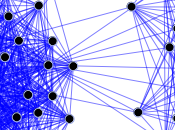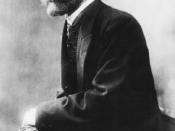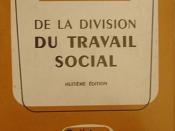The sociological study of education looks at the way different social institutions affect the process of education and how this impacts on students. Education is widely perceived to be a positive social institution where individuals can acquire knowledge and learn new skills. However, some would argue that this is not the case and that education produces an unequal society and is a negative institution where individuals are socialised to accept such inequality. This essay will explore the inequalities in education to establish how they occur. By examining Marxist, Functionalist and Interactionist perspectives, explanations for such inequalities can be understood.
Historically, in Britain formal schooling was a preserve of higher social classes. Education was largely provided by private institutions, such as churches form the middle ages onwards, with an aim to provide the bureaucratic elite with a means to run government. The state first assumed full responsibility for education in 1870, with the Foster's Education Act.
In 1880, school attendance was made compulsory up to the age of 10, ensuring basic primary education for all. (Haralambos and Holborn, 2004) The state took responsibility for secondary education with the Fisher Education Act of 1918 and attendance was made compulsory until the age of 14. The formal leaving age was raised again on two occasions, in 1947 to 15, and to 16 in 1972. By 1900 only 1.2 per cent of pupils stayed in education after the age of 17 and by 1939, 5.8 per cent of pupils stayed in education past the age of 17, but it was not until the 1960s, when polytechnic universities were introduced, that everyone capable of benefiting from higher education was able to attend a higher education establishment. (Haralambos and Holborn, 2004) However, Margaret Thatcher's Conservative government of the 1980s began to view education in terms of...



Fine it is!
Not bad for a high school student... Ready for college?
2 out of 3 people found this comment useful.